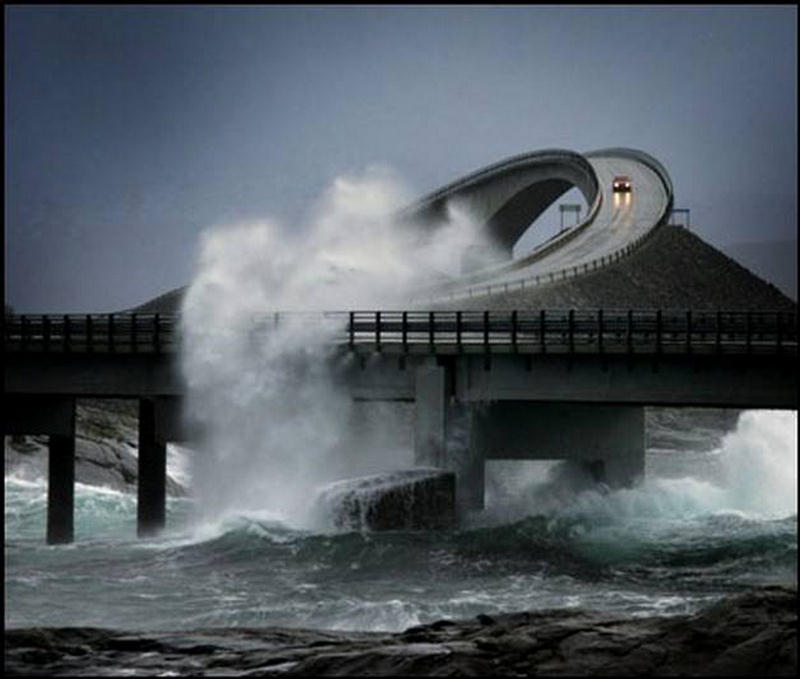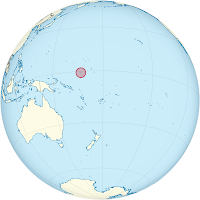The Atlantic Road - Norway

The 8.3km Atlantic Road in Norway is known around the world as one of the most technologically advanced and beautiful roads in the world. It connects several small island and is spanned by eight bridges. The road follows the shoreline of the Hustadvika, an amazing strech of ocean. Construction workers experienced 12 hurricanes during the building process before the road opened in 1989 and storms are known to be fantastically dramatic along the road.


If the weather is calm you might even be able to spot whales and seals from the roadway. Fishing is a popular attraction along the road and many locals have favorite fishing spots just off the road. There is no toll on the road and there are a number of stopping points to take pictures or throw in your pole.


For more information:
The official Norway tourism site:
http://www.visitnorway.com/en/Where-to-go/Fjord-Norway/Kristiansund-Nordmore/Getting-to-Kristiansund-and-Nordmore-and-around/
A near-by car rental company: Kristiansund Car Rentals:
http://www.europcar.com/car-rental-NORWAY-KRISTIANSUND.html
An information website about the Atlantic Road:
http://www.theatlanticroad.com/










